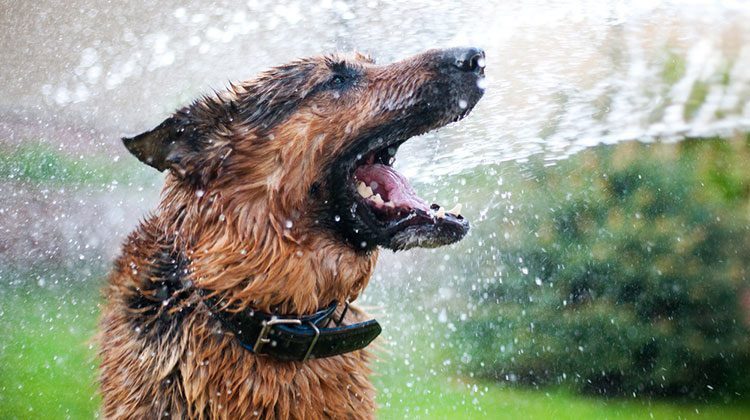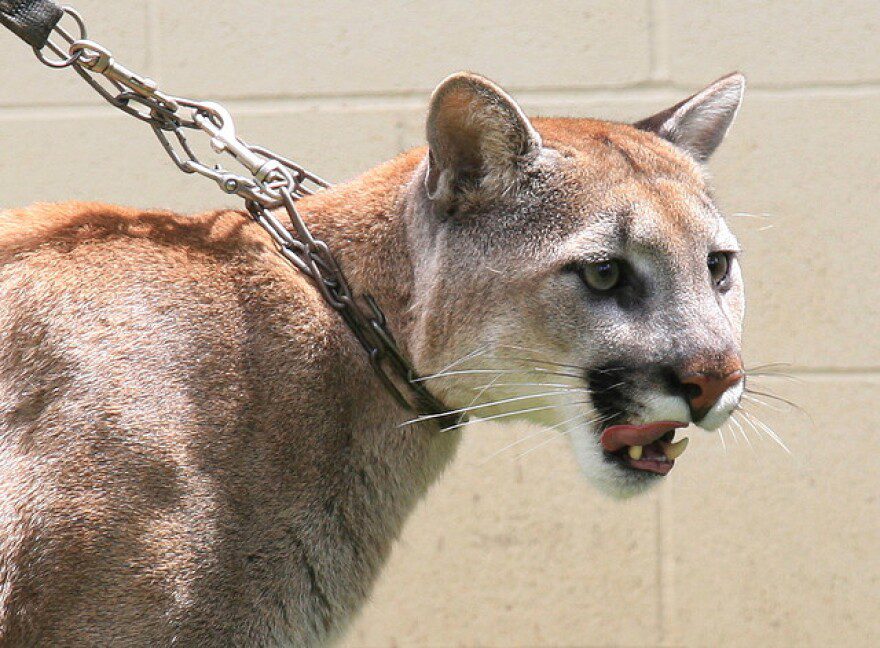Fun Bearded Dragon Facts
Did you know bearded dragons have gained popularity in recent years? While reptiles have always had a modest loyal fan base, they are far behind Fluffy and Fido in terms of popularity. This adorable reptile, on the other hand, could change that. Beardies can be excellent pets! Continue reading to learn some interesting information about them from a local New Albany, IN veterinarian.
G’Day, Mate, They’re Australians!
Let’s begin with the fundamentals. The bearded dragon is indigenous to Australia, where it lives in hot, arid environments such as deserts, forests, savannas, and scrub. They normally reach lengths ranging from 18 to 22 inches.
They’re (Mildly) Poisonous
Bearded dragons are capable of producing poison. However, don’t be concerned. The venom of a bearded dragon is insufficient to harm humans. If you get bit by one, you will most likely just experience some temporary irritation around the bite.
When They Are Under Stress, Their Spikes Stiffen
Beardie spikes are typically more style than substance. They usually feel soft and somewhat rubbery. However, if the animal is under stress, the spikes will stiffen.
Bearded Dragons Can Taste Odors
Beardies, like snakes, can gather odor molecules with their mouths. Their brain interprets the information as fragrance rather than flavor.
They Live Longer In Captivity
Wild bearded dragons often live between four and ten years. That’s a long run for a lizard; while some bigger lizards live a fairly long time, many smaller ones only live a couple of years. However, pet beardies live longer than their wild counterparts. A pet beardie can live for 7 to 15 years on average.
Some Are Extraordinary
Sebastian, a charming lizard, survived nearly 19 years! Sebastian, a reptile living in the United Kingdom, has made it into the Guinness Book of Records.
They Run Pretty Fast
When the mood strikes, beardies can move quickly. These men can run at speeds of up to 9 miles per hour! That is quite fast. They won’t be able to keep up that pace for long.
They Can Run Standing Up
Bearded dragons are not only fast runners, but also quite unusual. They can actually move on their back legs! You’re unlikely to see your pet doing this, as it’s typically something that they do when they’re scared and attempting to get away from a predator.
Some Of Them Have Two Heads
While it is uncommon, there are bearded dragons with two heads. There’s one in the Reptile Zoo in Fountain Valley, California!
You Can’t Keep Them In Hawaii
Bearded dragons are permitted in the continental United States, however keeping them in Hawaii is illegal. This is due to the fact that the pleasant climate may be overly accommodating to them. Pet dragons that escape can procreate, potentially decimating nearby wildlife populations.
They Are Quite Friendly
It’s easy to see why beardies are so popular: they’re quite friendly! They are normally very calm and relaxed, in contrast to other lizards. They also tend to become highly devoted to their humans, which is unusual for a reptile. Many prefer to cuddle!
There Are Many Different Kinds
There are actually eight different types of beardies. Pogona vitticeps is the one most commonly kept as a pet and the one we’re talking about here. It is also known as the bearded dragon from the inland or central regions.
This is where things may become complicated. In addition to the unique species, there are several mutations known as “morphs.” The varied morphs are still Pogona Vitticeps, but they may have different colors and patterns. Some may also have a variety of nail colors, spikes, scales, sizes, and head shapes. Beardies can even exhibit traits of more than one morph.
They Were Prohibited At One Time
In the 1960s, Australia made exporting beardies illegal. However, breeders have been active in the United States for decades, so there is no compelling reason to capture wild ones at this time. One advantage of the many morphs is that they cannot be found in the wild. This contributes to the reduction of wild bear capture and trading.
They’re Omnivores
If you’re wondering why more people don’t possess bearded dragons, consider their nutrition. Beardies eat mostly live insects and produce. Needless to say, if you’re terrified of creepy crawlies, you may want another pet.
Beardie diets alter with time: youngsters require more bugs, while adult dragons can consume a greater amount of produce. Consult with your Jeffersonville, IN veterinarian for particular guidance.
Fireflies Are Poisonous To Them
This is perhaps one of the more intriguing bear facts. The bodies of fireflies contain lucibufagins, a steroid that is extremely toxic to many reptiles and insects. In fact, swallowing just half of a firefly can kill an adult beardie.
Fireflies aren’t their only dietary adversary. Avocados are likewise hazardous to them, because of a toxin called persin. Milk, chocolate, onions, chives, mushrooms, garlic, rhubarb, avocados, and eggplants are more foods that should never be fed to a beardie. Beardies do not do well with acidic foods like oranges, tomatoes, lemons, limes, and pineapples, either. Furthermore, you should avoid offering your beardie any insects you catch in the outdoors, as they could possibly be harboring parasites or sickness.
Keep in mind that a beardie’s diet will need to change throughout time. Check back with your Jeffersonville, IN vet regularly.
They Have Intriguing Reproductive Habits
When it comes to attracting a mate, males typically put on a show. This behavior is common throughout the animal realm, with numerous species exhibiting it.
What isn’t so common? Females appear to be capable of storing sperm, allowing them to produce more than one brood from a single mating session.
They Lay Large Clutches
Beardies have relatively large clutches. They are capable of laying up to 30 eggs at once! They will lay even if their eggs have not been fertilized.
Beardies Have Their Own Body Language
It’s always intriguing to learn more about our animal friends and how they communicate with one another. Beardies send some remarkable nonverbal cues. A threatened bearded dragon may raise its chin, puff out its beard, or open its mouth. They may also emit hisses on occasion. Head bobbing can also indicate intent or mood. A slow bob may suggest docility in a dragon, but a quick one may signify hostility or dominance.
They Change The Color Of Their Beards
You might have heard that turkeys change the color of their wattles depending on their emotions. Beardies are also involved in this!
We’ve focused on entertaining facts in this essay, but if you’re thinking of adopting a beardie, you should also learn about the not-so-fun facts, such as signs of sickness, frequent illnesses and diseases, and basic do’s and don’ts of beardie care. Remember, we are here to assist you! For further information, contact your New Albany, IN veterinarian’s office.
Schedule An Appointment At Our New Albany, IN Pet Clinic
Do you have any queries regarding how to care for bearded dragons? Are you looking for an excellent reptile vet? Contact us at any time! As your New Albany, IN veterinarian, we are here for you!



